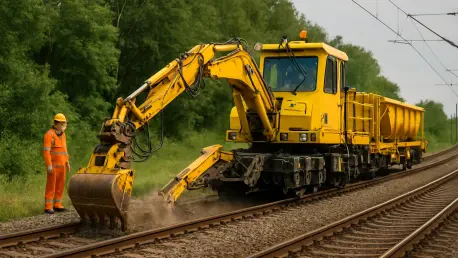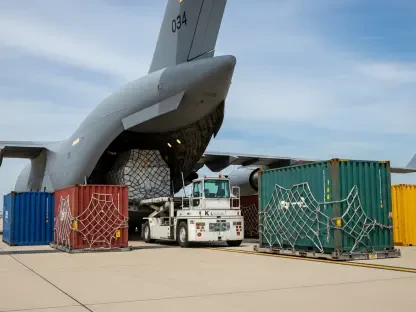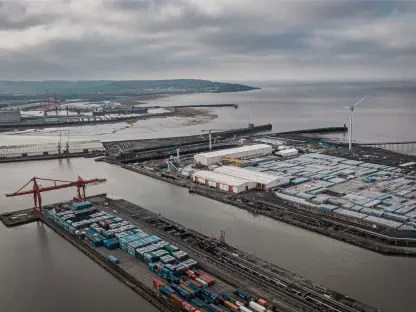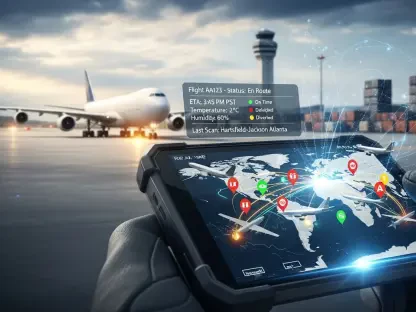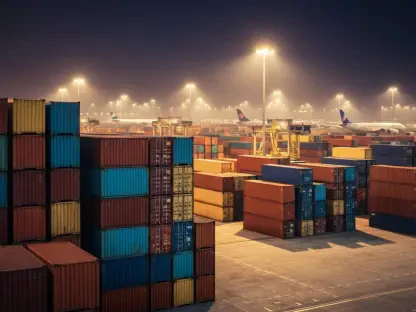I’m thrilled to sit down with Rohit Laila, a veteran in the logistics industry with decades of experience spanning supply chain and delivery. Rohit’s deep passion for technology and innovation has positioned him as a thought leader in integrating cutting-edge solutions into traditional sectors like railways. Today, we’ll dive into the transformative world of business intelligence (BI) in railway asset maintenance, exploring how data-driven strategies are reshaping efficiency, reliability, and cost management, as well as the challenges and future potential of these technologies in the rail industry.
How does railway asset maintenance fit into the broader picture of railway operations, and why is it so vital?
Railway asset maintenance is the backbone of safe and reliable operations. It involves everything from tracks and signals to rolling stock and station infrastructure—essentially ensuring that every component functions as it should. Without proper maintenance, you risk delays, safety hazards, and costly breakdowns. It’s vital because it directly impacts service reliability for passengers and freight, and ultimately, the bottom line for operators. If assets aren’t maintained well, the ripple effects can disrupt entire networks.
What inefficiencies have you seen in traditional maintenance practices over the years?
Traditional approaches, like reactive maintenance—fixing things only after they break—or scheduled maintenance based on fixed intervals, often lead to inefficiencies. Reactive methods result in unexpected downtime and high repair costs, while scheduled maintenance can mean unnecessary work on assets that are still in good condition. I’ve seen cases where resources are wasted on over-maintenance or, worse, critical issues are missed because they didn’t align with a preset schedule. It’s a bit like guessing instead of knowing what needs attention.
How has business intelligence started to change the game for railway asset maintenance?
Business intelligence is a game-changer because it shifts maintenance from guesswork to precision. BI uses data analytics, predictive modeling, and real-time monitoring to give operators a clear picture of asset health. Instead of waiting for a failure or sticking to a rigid calendar, BI helps identify potential issues before they escalate. It’s about being proactive—using data to make informed decisions that keep things running smoothly with less disruption.
Can you explain how BI tools help predict and prevent asset failures in practical terms?
Absolutely. BI tools analyze historical and real-time data from sensors on tracks, trains, or other equipment to spot patterns that indicate wear or potential failure. For instance, if vibration data from a train wheel shows an anomaly, the system can flag it for inspection before it causes a derailment. Predictive modeling takes this further by forecasting when a component might fail based on usage and conditions. This means operators can intervene early, replacing or repairing parts during planned downtime rather than in an emergency.
In what ways does a BI approach improve decision-making for railway operators?
BI provides a comprehensive view of asset performance and maintenance needs, which is invaluable for decision-making. Operators can prioritize critical repairs over less urgent ones, allocate resources like labor and spare parts more effectively, and plan investments in upgrades with solid data backing their choices. It’s not just about fixing things; it’s about strategically managing an entire network to balance cost, safety, and reliability. I’ve seen operators move from firefighting mode to confidently planning ahead with BI insights.
What are some of the hurdles railway companies face when adopting BI tools for maintenance?
One big hurdle is the initial investment in technology and infrastructure—sensors, software, and data storage aren’t cheap. Then there’s the cultural shift; staff accustomed to traditional methods may resist change or lack the skills to use BI platforms effectively. Data quality is another issue—garbage in, garbage out. If the data collected isn’t accurate or comprehensive, the insights won’t be reliable. Lastly, integrating BI with legacy systems can be a technical nightmare for older railway networks not built for modern tech.
How can railway operators ensure their teams are ready to embrace BI technologies?
Training is key. Operators need to invest in upskilling their workforce through workshops and hands-on sessions with BI tools. It helps to start with pilot projects—implement BI on a small scale to demonstrate value and build confidence. Bringing in experts or partnering with tech providers for ongoing support can also ease the transition. Most importantly, leadership has to champion the change, showing how BI improves their daily work, not just adds to it. It’s about creating a mindset that values data-driven decisions.
Can you share a real-world example where BI made a significant impact on railway maintenance?
I’ve come across a case where a major freight operator used BI to monitor their locomotives. By analyzing data on engine performance and wear, they predicted failures weeks in advance, scheduling maintenance during off-peak hours. This cut their unplanned downtime by nearly 30%, which translated to huge savings and better delivery timelines for their clients. It also improved safety, as potential issues were caught early. It’s a perfect example of how BI turns raw data into tangible operational wins.
What do you see as the future role of BI in the railway industry over the next decade?
I believe BI will become even more integrated into every aspect of railway operations, not just maintenance. We’ll see advancements in AI and machine learning enhancing predictive capabilities, making forecasts even more accurate. Real-time data from IoT devices will create fully connected networks where assets ‘talk’ to each other, automating maintenance triggers. BI will also play a bigger role in sustainability, optimizing energy use and reducing waste in maintenance processes. It’s an exciting time—the potential for smarter, greener, and more efficient railways is immense.
What is your forecast for the evolution of business intelligence in railway asset management?
My forecast is optimistic but grounded. I think BI will evolve to be the central nervous system of railway asset management, driving decisions with unprecedented precision. We’ll likely see more cloud-based platforms making BI accessible even to smaller operators. Integration with emerging tech like digital twins—virtual replicas of physical assets—will allow for real-time simulations of maintenance scenarios. The challenge will be balancing innovation with affordability, but I’m confident BI will continue to push the industry toward safer, more reliable, and cost-effective operations.
